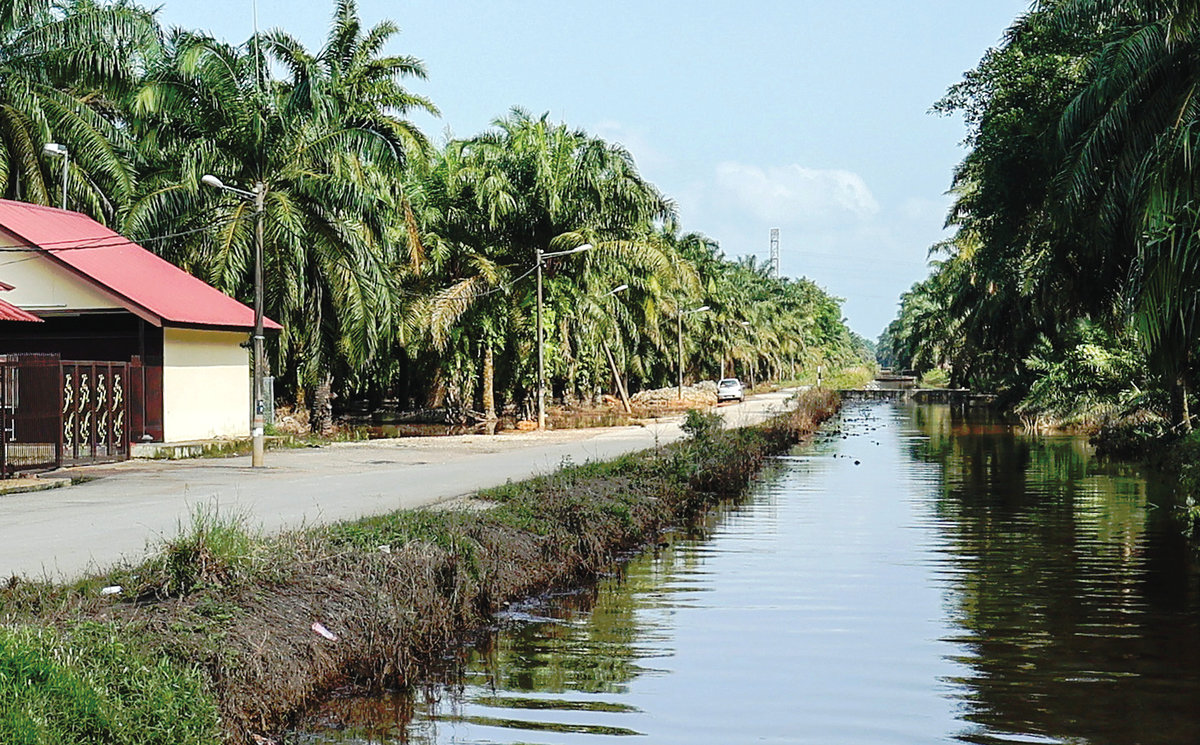PETALING JAYA: A road safety expert has called for an overhaul of how rural roads are assessed and maintained, following repeated incidents of vehicles plunging into rivers, including the recent tragedy in Sungai Korok, Kedah, which claimed six lives.
Universiti Putra Malaysia vice-chancellor Prof Datuk Dr Ahmad Farhan Mohd Sadullah, who is also professor in Transport Studies, raised concerns over the lack of protective infrastructure along rural roads.
He warned that lower traffic volumes do not necessarily mean lower risk, especially in areas where the roads run dangerously close to rivers or streams without barriers.
“While the Public Works Department conducts road safety audits, the system often evaluates risk based on road hierarchy, with major highways receiving more attention due to higher usage.
“Just because a road is in a rural area does not mean it is safe. If it runs beside a stream and lacks barriers or buffer zones, it is clearly hazardous,” he added.
Ahmad Farhan said Malaysia must move beyond rigid audit criteria and adopt a more holistic, risk-based approach that considers site-specific hazards and the lack of guardrails or buffer zones.
“I am not sure how many metres the road is from the stream but there are clearly no buffer zones or emergency lanes. This is typical of local village roads.
“In places such as Batu Pahat in Johor, it is common to see these roadside drains or rivers right next to narrow roads.”
He also emphasised the need for Malaysia to adopt the “forgiving roads” principle, a safety concept in which road infrastructure is designed to reduce the severity of collisions even when drivers make mistakes.
“Drivers could fall asleep, lose control or misjudge a turn. A forgiving road does not punish them with death, instead it gives them a second chance.”
He said such roads should include guardrails, safety buffer zones and clear zones at the roadside, especially in areas next to rivers, cliffs or steep drop-offs.
“The fact that a car could veer off and plunge into a stream without any form of barrier shows that safety was not prioritised in the road’s design,” he added, calling it a case of unprofessional oversight by the responsible authorities.
Ahmad Farhan highlighted that every crash involves a combination of three key elements, namely the vehicle, driver and the road or environment.
He said although data shows that 70% of crashes are caused by human error, we must accept that people make mistakes, so road infrastructure and technology must step in to prevent collisions or reduce the severity of its outcome.
“One key recommendation is to review and strengthen the practices of road safety audits.
“From my experience, road safety audits are usually carried out as a requirement during the planning and approval stages of new road projects. But once the road is operational, are follow-up audits ever done?
“More importantly, when crashes happen, why have we not responded to those incidents with corrective action?”
He said with vehicles becoming increasingly advanced in terms of safety technology, our roads must catch up and reflect that same level of safety culture.
“Yes, cost is a concern but we must find the right balance between engineering solutions and cost efficiency because that is the core of the safe system approach.
“It is not just the department that should be responsible. The Highway Authority, state governments and local authorities have roles to play.”
Ahmad Farhan said given the number of similar incidents that have occurred at this location, the relevant road authorities should have taken corrective measures long ago.
“How many more lives must be lost before real action is taken?”
On Monday, a family of six was found dead inside a car that had plunged into Sungai Korok.
The Fire and Rescue Department on Tuesday revealed 13 such incidents at the same location since 2012, involving 10 deaths.









